5 Common Misconceptions About Parliamentary Democracy
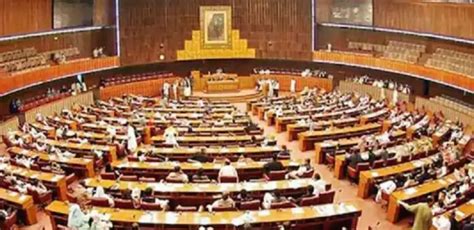
Introduction to Parliamentary Democracy
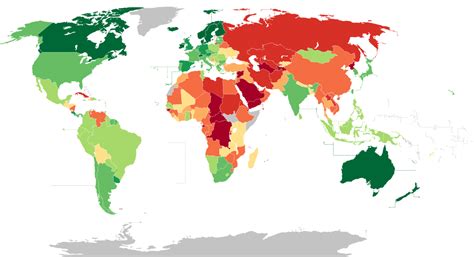
In the realm of politics, various forms of governance have been explored and implemented across the globe. One such system is parliamentary democracy, a model that has been adopted by numerous countries due to its perceived benefits and effectiveness. Despite its widespread use, there are several misconceptions surrounding parliamentary democracy that often lead to confusion and misinterpretation. In this article, we will delve into five common misconceptions about parliamentary democracy and provide a clearer understanding of this system.
Misconception 1: Parliamentary Democracy is the Same as Presidential Democracy
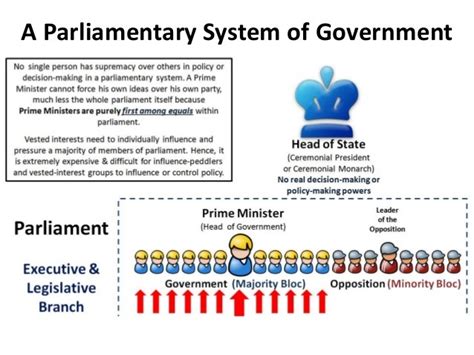
One of the most common misconceptions about parliamentary democracy is that it is identical to presidential democracy. While both systems are forms of democracy, they have distinct differences in their structures and operations. In a presidential democracy, the president serves as both the head of state and the head of government, whereas in a parliamentary democracy, the prime minister or chancellor is the head of government, and the head of state is usually a monarch or a president with limited powers.
Key differences:
- Separation of powers: In a presidential democracy, the executive, legislative, and judicial branches are separate and independent. In a parliamentary democracy, the executive and legislative branches are interconnected, with the prime minister and cabinet drawn from and accountable to the legislature.
- Head of state and government: In a presidential democracy, the president is both the head of state and government. In a parliamentary democracy, the head of state is separate from the head of government.
Misconception 2: Parliamentary Democracy is Only Suitable for Small Countries
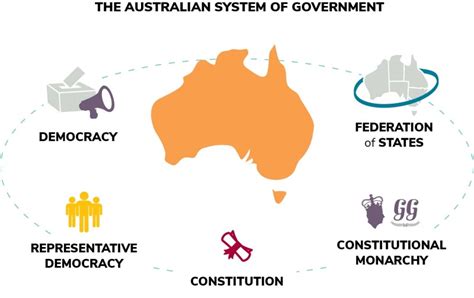
Another misconception is that parliamentary democracy is only suitable for small countries with relatively homogeneous populations. However, this is not the case. Many large and diverse countries, such as India, Canada, and Germany, have successfully implemented parliamentary democracy.
Examples of large countries with parliamentary democracy:
- India: With a population of over 1.3 billion people, India is the world’s largest democracy and has a parliamentary system.
- Canada: Canada has a federal parliamentary democracy, with a diverse population of over 37 million people.
- Germany: Germany has a federal parliamentary republic, with a population of over 83 million people.
Misconception 3: Parliamentary Democracy Leads to Weak Governments

Some critics argue that parliamentary democracy leads to weak governments, as the prime minister and cabinet are dependent on the support of the legislature. However, this is not necessarily true. In fact, parliamentary democracy can lead to strong and stable governments, as the prime minister and cabinet are accountable to the legislature and must maintain its confidence.
Advantages of parliamentary democracy:
- Accountability: The prime minister and cabinet are accountable to the legislature, which ensures that they are responsive to the needs of the people.
- Stability: Parliamentary democracy can lead to stable governments, as the prime minister and cabinet are less likely to be removed from office suddenly.
Misconception 4: Parliamentary Democracy is Undemocratic
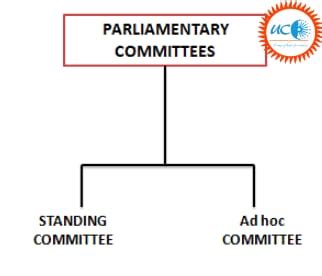
Some people believe that parliamentary democracy is undemocratic, as the prime minister and cabinet are not directly elected by the people. However, this is a misconception. In a parliamentary democracy, the prime minister and cabinet are accountable to the legislature, which is directly elected by the people.
Democratic elements of parliamentary democracy:
- Election of legislators: Members of the legislature are directly elected by the people, ensuring that they represent the interests of their constituents.
- Accountability: The prime minister and cabinet are accountable to the legislature, which ensures that they are responsive to the needs of the people.
Misconception 5: Parliamentary Democracy is Inflexible
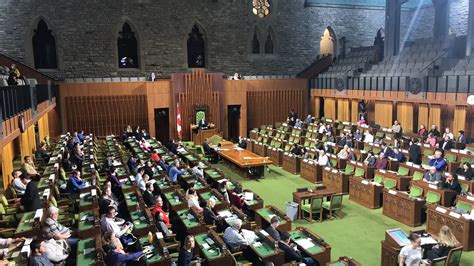
Finally, some people believe that parliamentary democracy is inflexible and unable to respond to changing circumstances. However, this is not true. Parliamentary democracy has a number of mechanisms that allow it to adapt to changing circumstances, such as the ability to pass legislation quickly and the use of executive powers.
Mechanisms for flexibility:
- Emergency powers: In times of crisis, the executive can use emergency powers to respond quickly and effectively.
- Legislative flexibility: The legislature can pass legislation quickly in response to changing circumstances.
📝 Note: Parliamentary democracy is a complex system that has been implemented in various forms around the world. While it has its advantages and disadvantages, it is not inherently weak, undemocratic, or inflexible.
In conclusion, parliamentary democracy is a system of governance that has been widely adopted around the world. While it has its advantages and disadvantages, it is not inherently weak, undemocratic, or inflexible. By understanding the common misconceptions about parliamentary democracy, we can gain a clearer understanding of this system and its benefits.
What is the main difference between parliamentary democracy and presidential democracy?

+
The main difference between parliamentary democracy and presidential democracy is the separation of powers. In a presidential democracy, the executive, legislative, and judicial branches are separate and independent. In a parliamentary democracy, the executive and legislative branches are interconnected, with the prime minister and cabinet drawn from and accountable to the legislature.
Is parliamentary democracy only suitable for small countries?
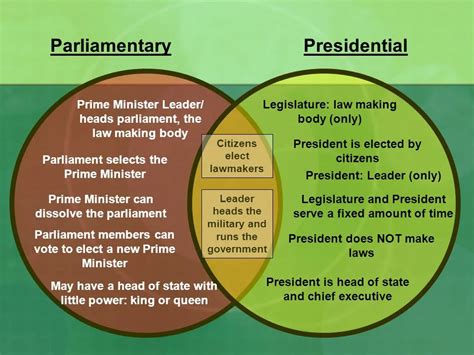
+
No, parliamentary democracy is not only suitable for small countries. Many large and diverse countries, such as India, Canada, and Germany, have successfully implemented parliamentary democracy.
What are the advantages of parliamentary democracy?

+
The advantages of parliamentary democracy include accountability, stability, and democratic elements. The prime minister and cabinet are accountable to the legislature, which ensures that they are responsive to the needs of the people. Parliamentary democracy can also lead to stable governments, as the prime minister and cabinet are less likely to be removed from office suddenly.



